Karol Jozef Wojtyla was born on 18 May 1920 in Krakow. As a child he lost his mother and a brother. His father also died when he was 21 years old. At the age of 18 he graduated from high school and began to study philosophy and philology at the Jagiellonian University.
Pope John Paul II (1920 to 2005)
BackThe pope who travelled to the people
John Paul II. (civil Karol Józef Wojtyła) was the 264th Pope of the Roman Catholic Church (1978-2005). He was the first Pole and also the first non-Italian in this office since 1523 and was born in 1920 in Cracow. During the Nazi occupation he worked in a quarry and a chemical factory.
Later he obtained a doctorate in theology and philosophy and became a professor at the University of Lublin. In 1964 he became Archbishop of Krakow. During his pontificate he advocated dialogue between the world religions and supported the anti-communist trade union "Solidarność" in his home country. His contribution to the democratization of Poland was decisive. He maintained a large network with the powerful leaders of the world at that time. Karol Józef Wojtyła also represented conservative positions in the field of sexual morals, which earned him much criticism in the secular press.
John Paul II was a very important Pope and the Church had every interest in quickly canonizing him. Already in 2014, only 9 years after his death, the Catholic canonization was carried out in the presence of almost one million people.
The war years (1940)
Poland was occupied by the Nazis at this time during World War II and Karol worked as a forced laborer in a quarry and later in a chemical factory. In this way he was able to escape deportation. In 1942 he began studying at the illegal seminary in Krakow and was ordained a priest in 1946.
Professorship in Krakow (1948)
Karol Jozef Wojtyla received his doctorate in 1948 on the subject of "The Faith of St. John of the Cross" and subsequently worked as a parish priest in various parishes in Cracow. He habilitated and became professor of moral theology and social ethics at the Great Seminary of Cracow and the Faculty of Theology in Lublin.
Steep career in the Catholic Church (1958)
Pope Pius XII. appointed Wojtyla auxiliary bishop of Krakow and became the youngest member of the Polish episcopate. In 1964 he was appointed archbishop and received the cardinal title in 1967.
Appointment as pope (1978)
October 16: After the unexpected death of John Paul I, who had only a very short term of 33 days, Wojtyla is elected Pope as the first Pole. In memory of him, he chose the name John Paul II. He traveled a lot and made 104 trips in total. With this he made valuable contacts with the powerful and influential people of his time.
Supporter of trade union "Solidarnosc" in Poland (1980)
In these years, starting in 1980, he supported the Polish trade union movement "Solidarnosc" and thus influenced the political upheaval in Poland. Ultimately this was the trigger for the collapse of the entire communist power structure.
Survived two attacks (1981)
On May 13, 1981, the Turk Ali Agca attacked Karol and seriously injured him. The motive remained largely unexplained. The following year, another attack was carried out on the Portuguese pilgrimage site of Fatima. This time the pope remained unharmed.
Dialogue with the world religions (1986)
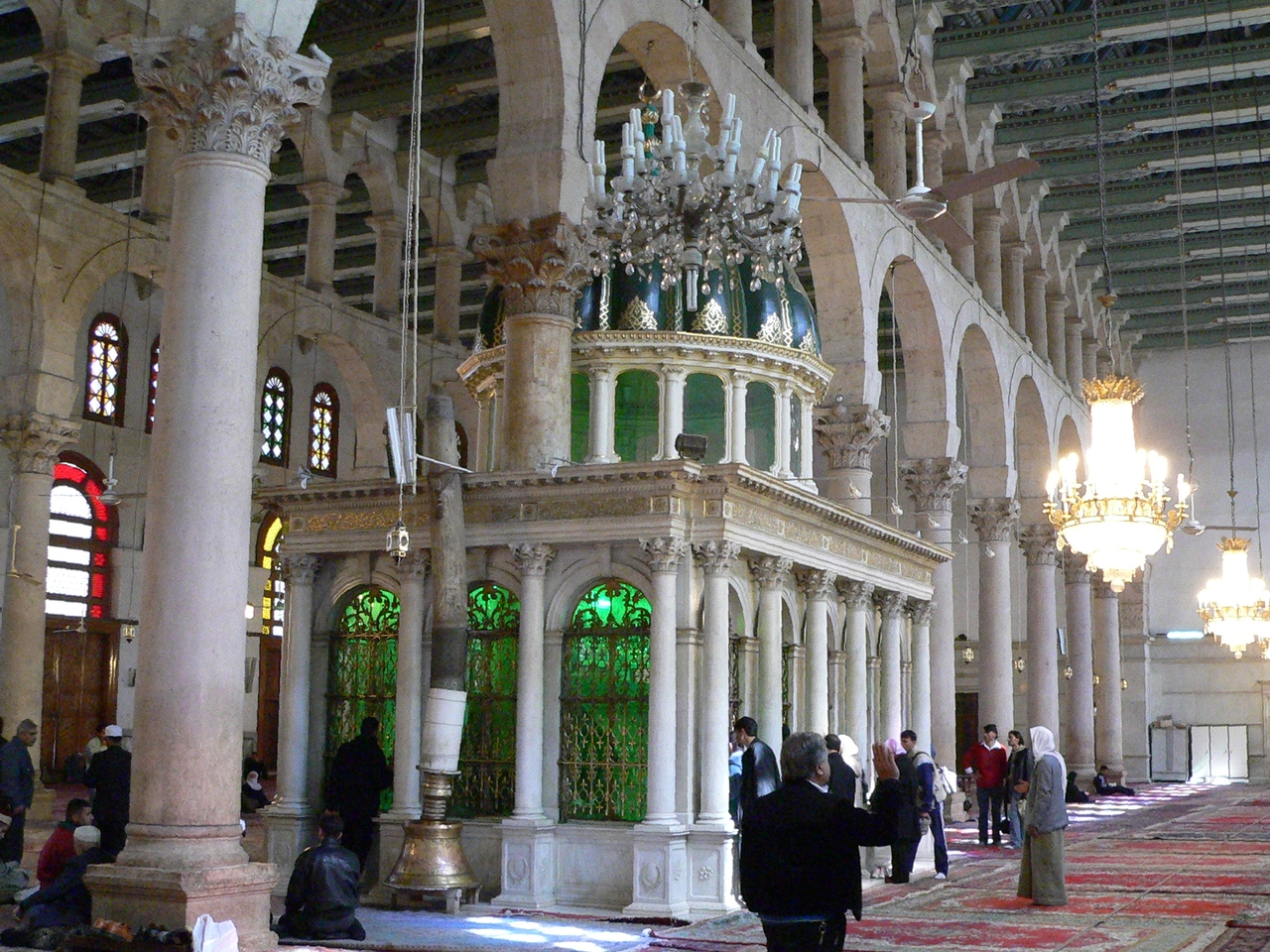 He was the first Pope to enter and pray in a mosque, visiting the tomb of John the Baptist at Umayyad Mosque.
He was the first Pope to enter and pray in a mosque, visiting the tomb of John the Baptist at Umayyad Mosque.
- April 13th: John Paul II visits a Jewish synagogue in Rome and enters a Jewish house of worship for the first time by a pope.
- October 27: Pope John Paul II initiates a common prayer of the world religions for peace.
- Many years later, on May 6, 2001, Pope John Paul II prayed in the shrine of John the Baptist in the Umayyad Mosque.
Mea Culpa (1990)
The rigid papal moral teaching, his uncompromising no to artificial contraception and abortion, was not generally accepted. As a very conservative pope, John Paul II preached against the use of condoms, which led to harsh criticism in view of the millions of AIDS patients and deaths.
He also confirmed celibacy for priests. Later, in the Apostolic Letter "Ordinatio sacerdotalis", John Paul II again rejected the ordination of women. In 1998 the Pope recognized the complicity of Christians in the Holocaust of the Jews. In 2000 he went a step further and asked for forgiveness in the "Mea Culpa" for sins committed by Christians throughout history, especially against Jews, women and indigenous peoples. In particular he rehabilitated the astronomer Galileo Galilei, who was condemned by the Inquisition in the 17th century.
Serious illness and death (2005)
One year before his death, John Paul II visited the French place of pilgrimage Lourdes as his last trip abroad. On March 30, the Pope showed himself for the last time to the thousands of faithful who prayed for him.
On April 2, the Pope died. According to police estimates, four million people had come to Rome. Among them were numerous politicians from many nations. About 300,000 people crowded into St. Peter's Square, some of whom took their seats shortly after midnight. Another hundreds of thousands gathered in Rome, where the funeral service was broadcast on large screens.
Canonization (2014)
The Pope was an important leader of the Catholic Church. Thus his successor in office Benedict XVI took up the beatification and later the canonization unusually fast. Karol Wojtyla is said to have performed two miracles by healing two seriously ill believers. Almost one million people around St. Peter's Square took part in the canonization.
Embedded Videos
Thank you John Paul II
John Paul II A Pope Who Made History
Pope John Paul II Documentary - English Language
Pope John Paul II The Movie 1984
New documentary offers new perspective on John Paul II
Colorado Experience: Pope John Paul II
John Paul II: An Apostle of Mercy
President Reagan’s and Pope John Paul II Remarks at their Arrival in Alaska on May 2, 1984
The final hours of Pope John Paul II
Comments & Conclusions
The pope who overcame the iron curtain (of course together with others)
John Paul II was one of the most important and popular popes of the Catholic Church. He preached the gospel of Jesus Christ and loved the people. He was especially well received by the Catholic youth. His great merits were the many journeys that led him to remote and sometimes dangerous places in the world. He had an incredible charisma and was a victorious personality. During his tenure as Pope, he was one of the most influential people in the world. His work, even behind closed doors, was instrumental in overthrowing communism in Poland and later in the entire Eastern Bloc.
As a devout Christian, one can understand that he was an anti-abortionist. Somewhat more difficult to understand was his rejection of contraception. His "Mea Culpa", on the other hand, can rightly be called historical, since the Catholic Church unfortunately also committed many mistakes, even crimes. It is always problematic when church and political power unite, because power corrupted many who came to power within the Catholic Church. His attempts to unite Christianity were laudable. However, this was only possible to a very limited extent, because, for example, the veneration of saints (especially the cult of Mary) is not compatible with Protestant p
John Paul II refused to grant women access to the priesthood. This can still be justified biblically. Celibacy, however, which he did not want to abolish either, cannot be justified from a biblical point of view. On the contrary, celibacy originates in the Catholic tradition. But it is becoming more and more apparent that for various reasons unmarried priests and bishops are a quite fundamental problem of the Catholic Church.
Overall we can say the the ministry of John Paul II was a great blessing for the Catholic Church and even beyond.
Simultaneous events, periods or persons of Pope John Paul II
| Persons/Events/Periods | Subcategory | From | To | Reason of importance |
|---|
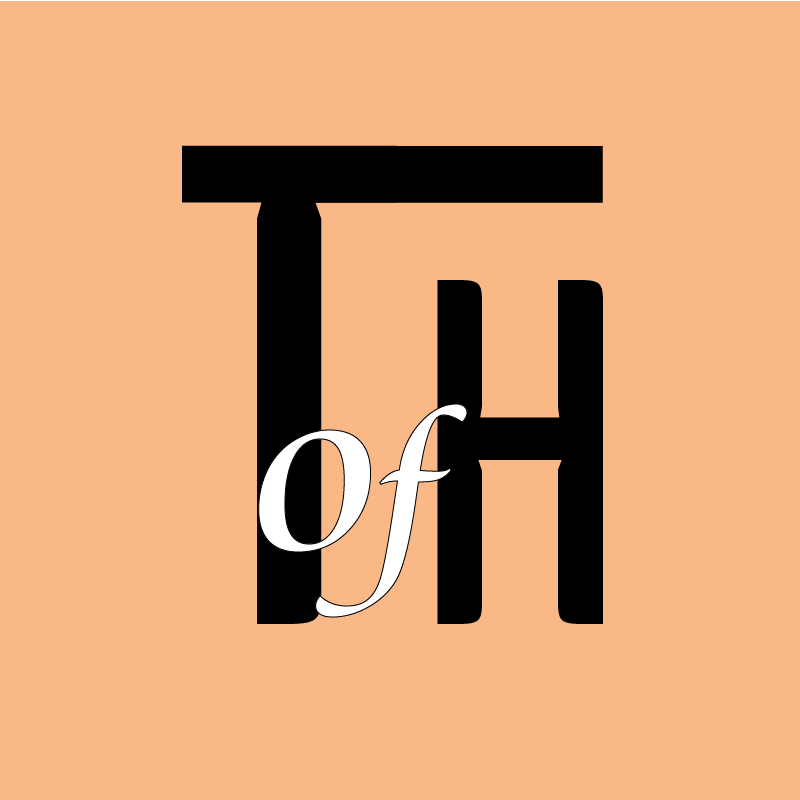
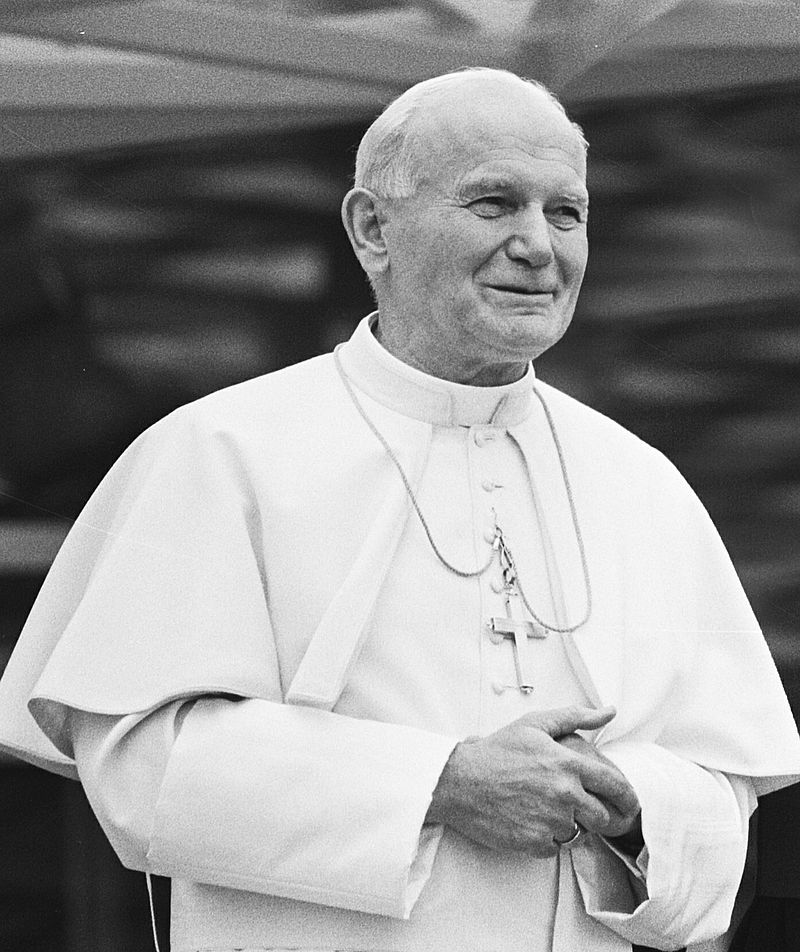
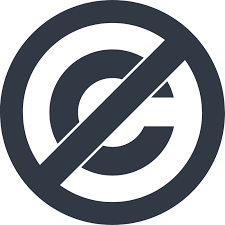
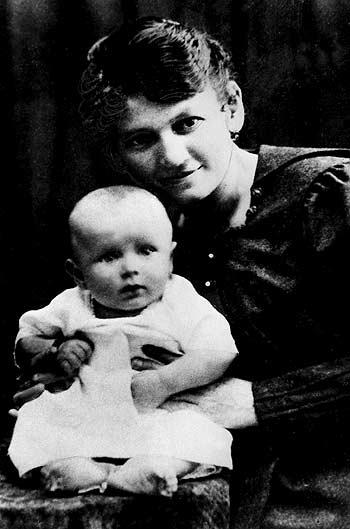
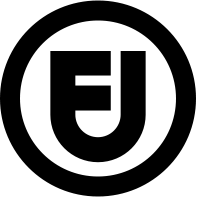
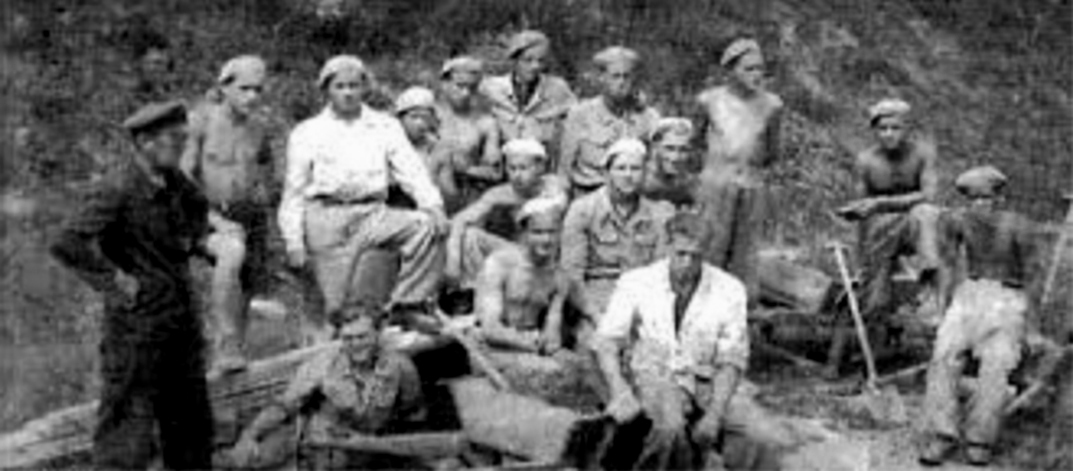
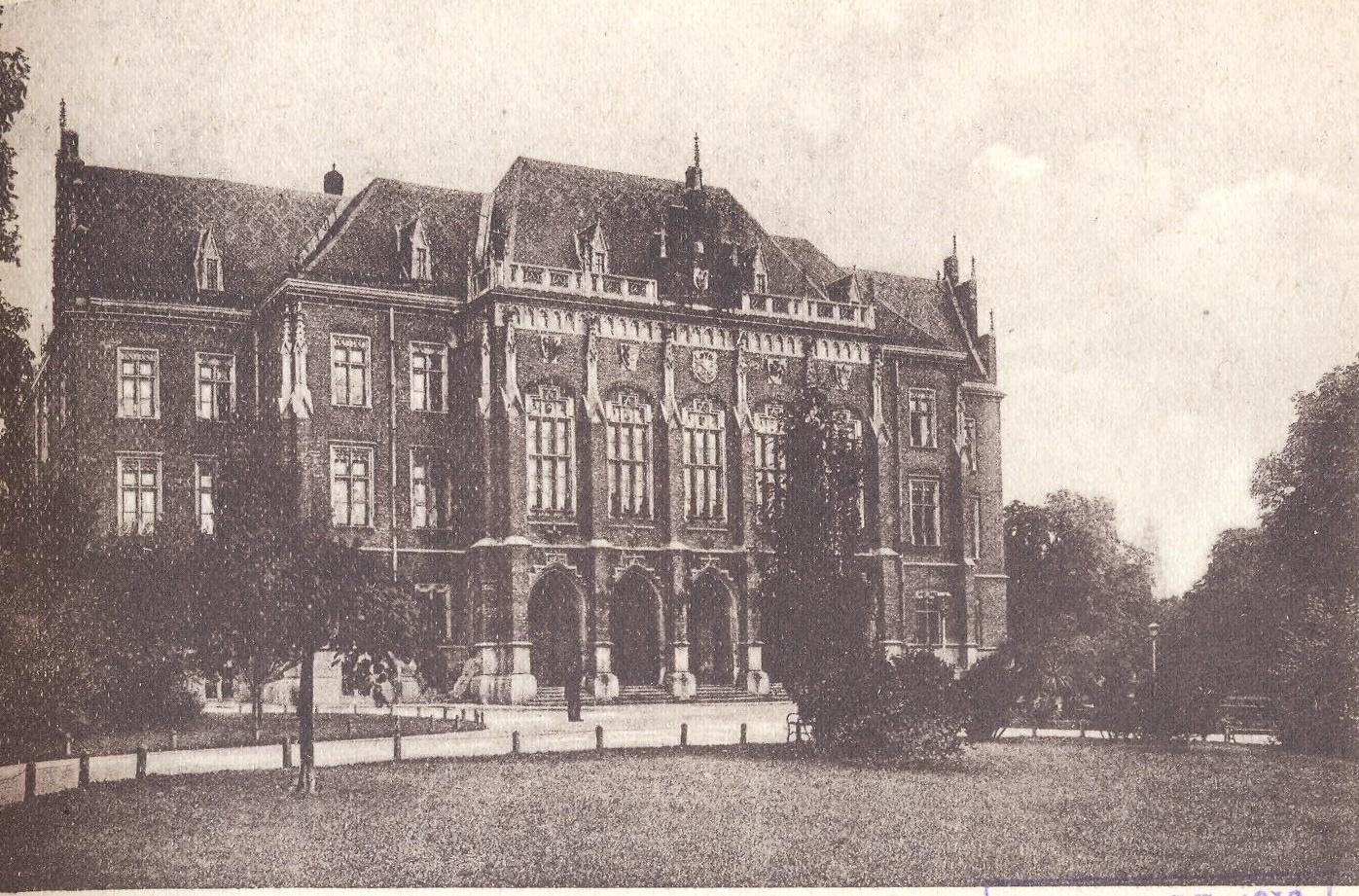
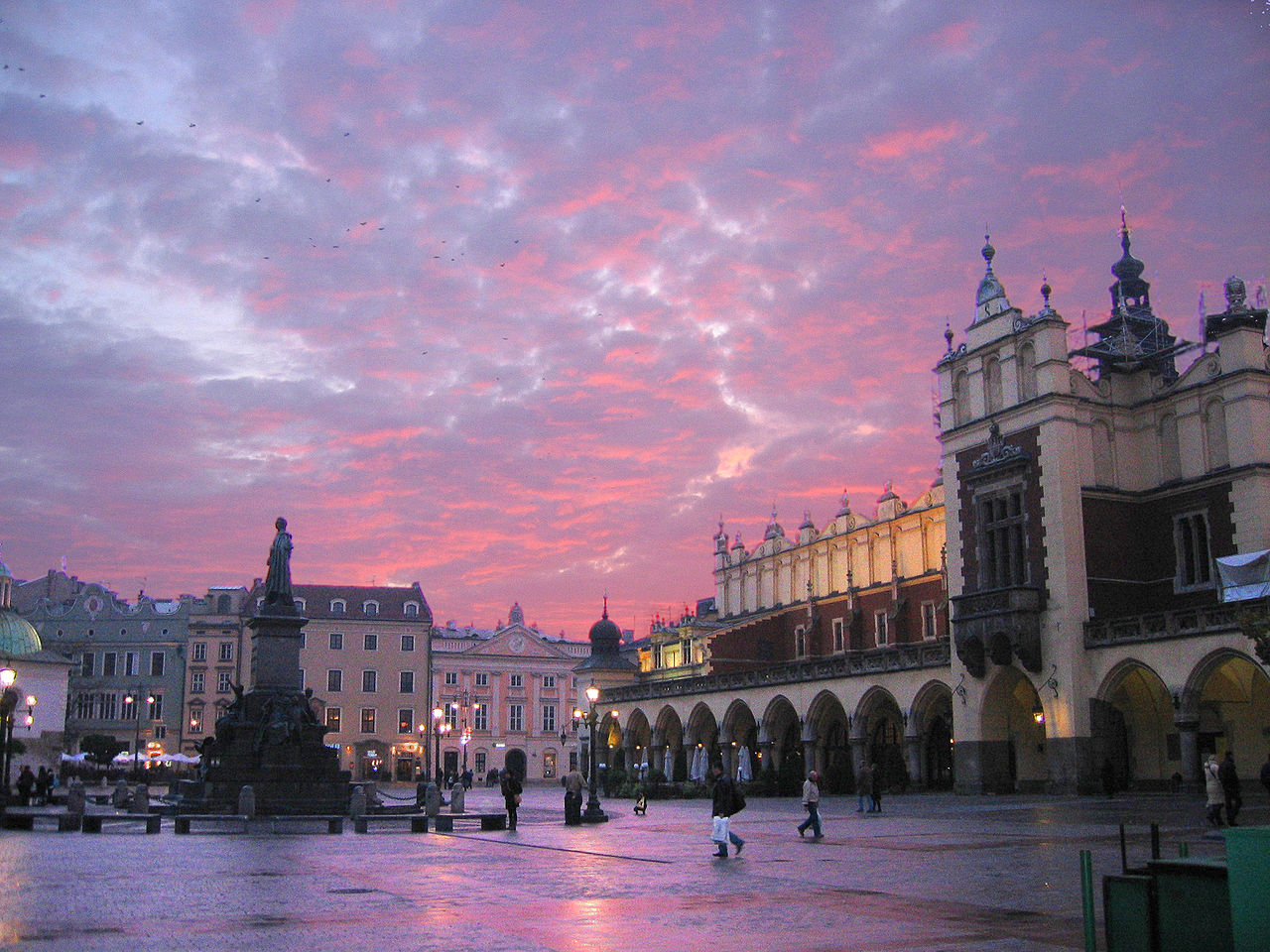
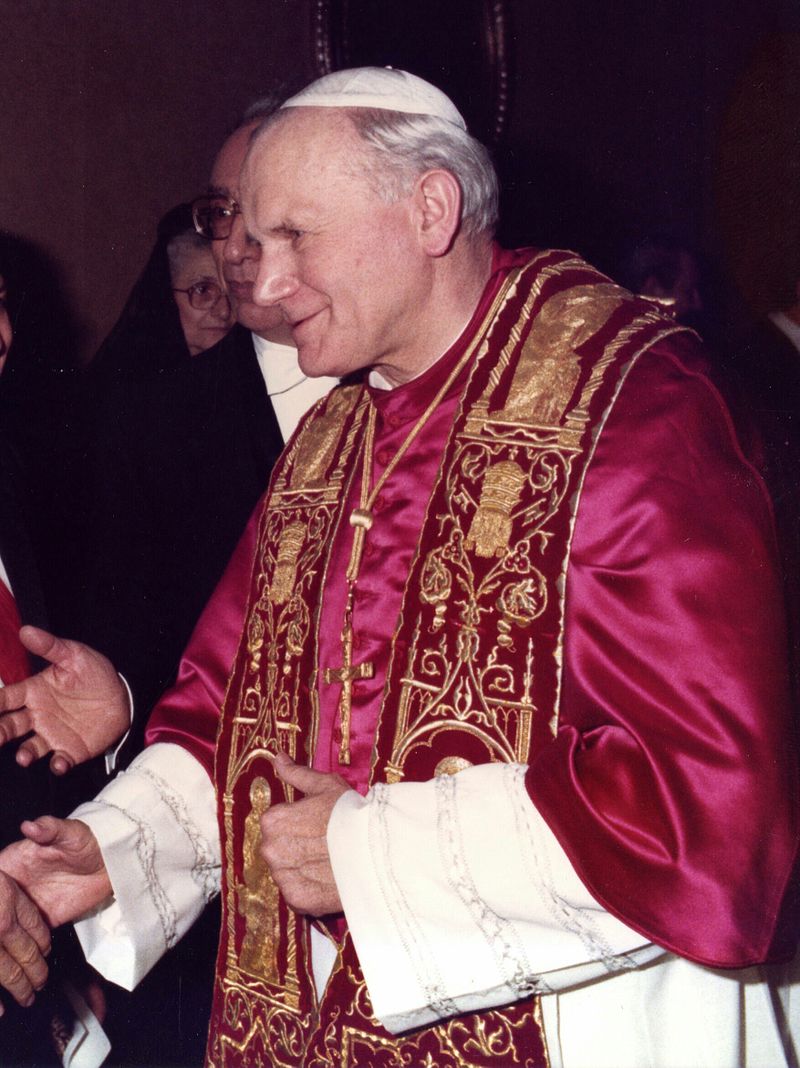
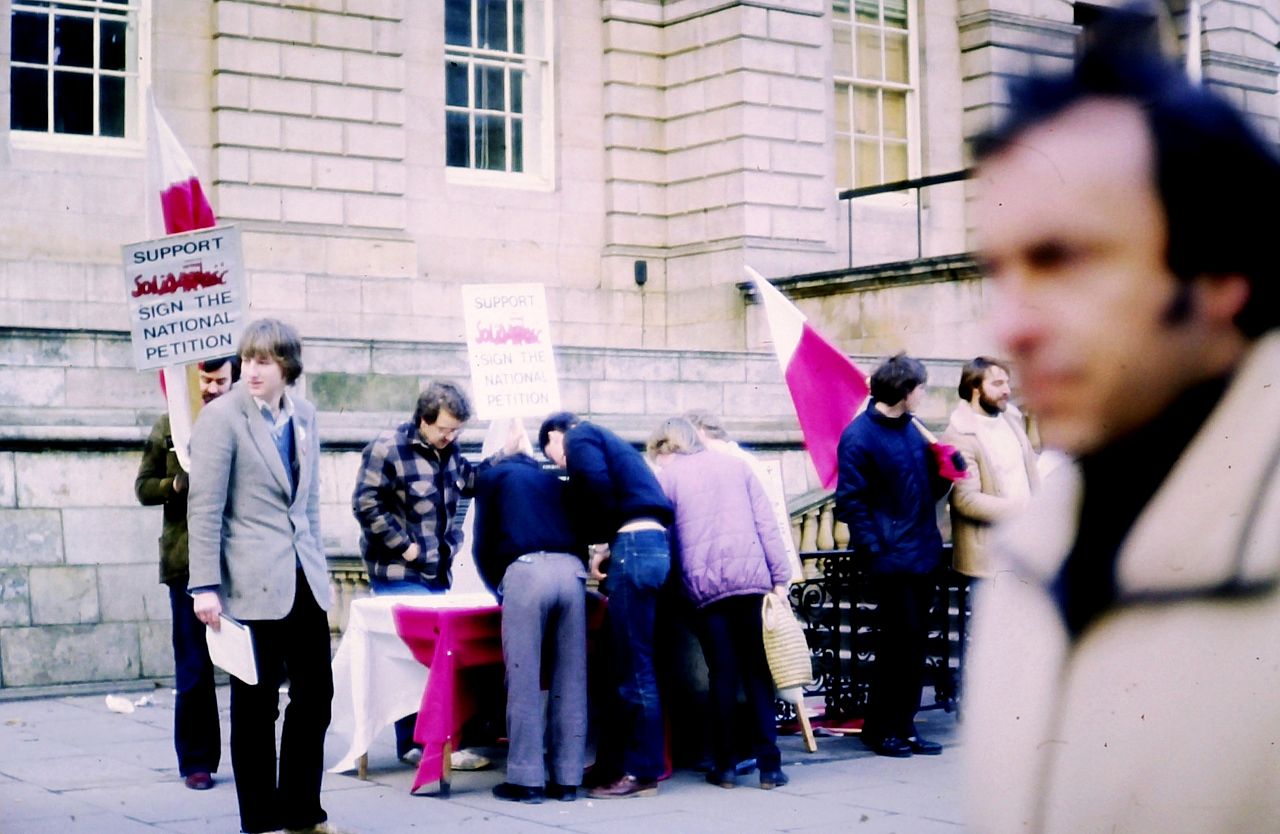
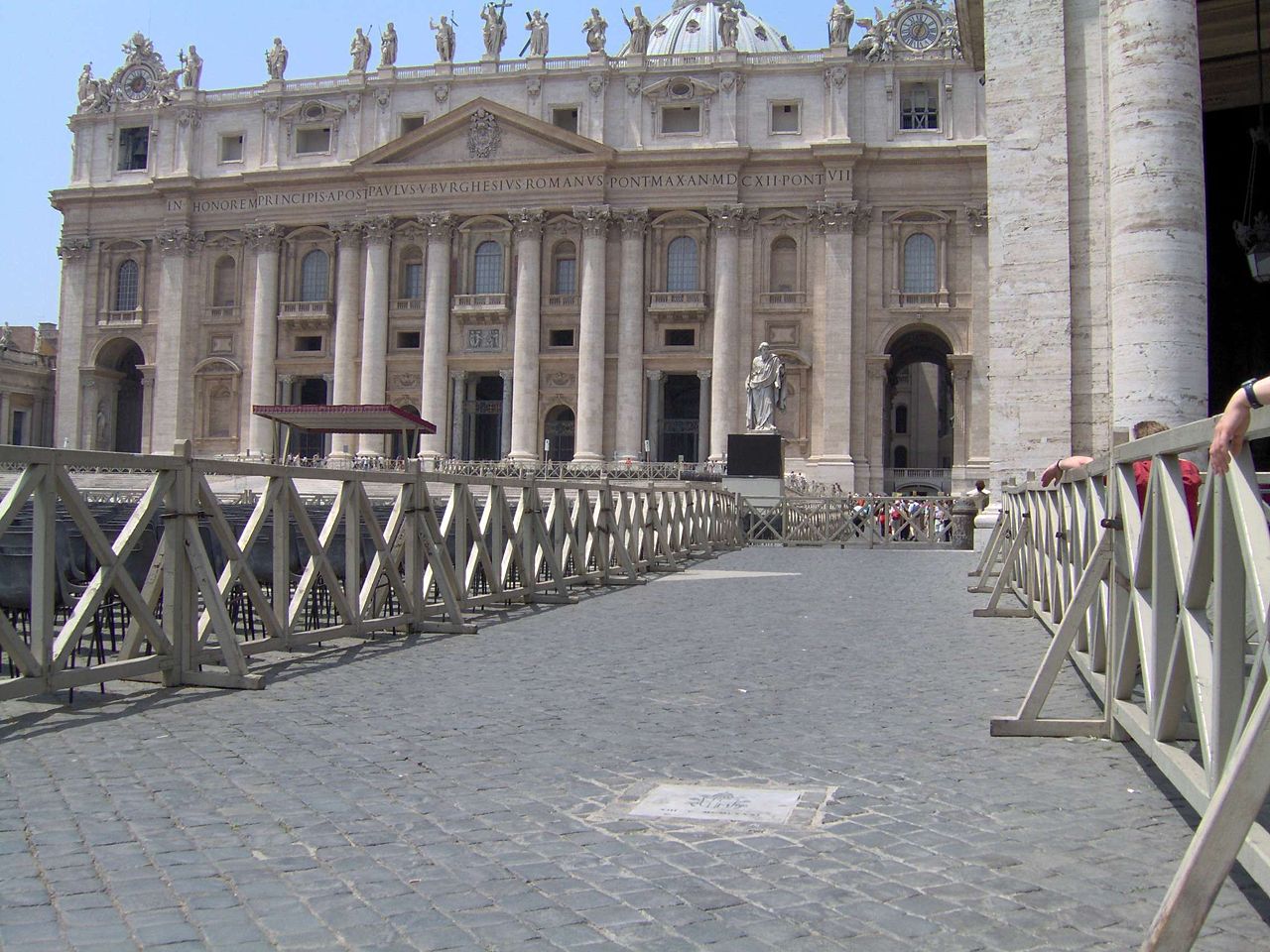
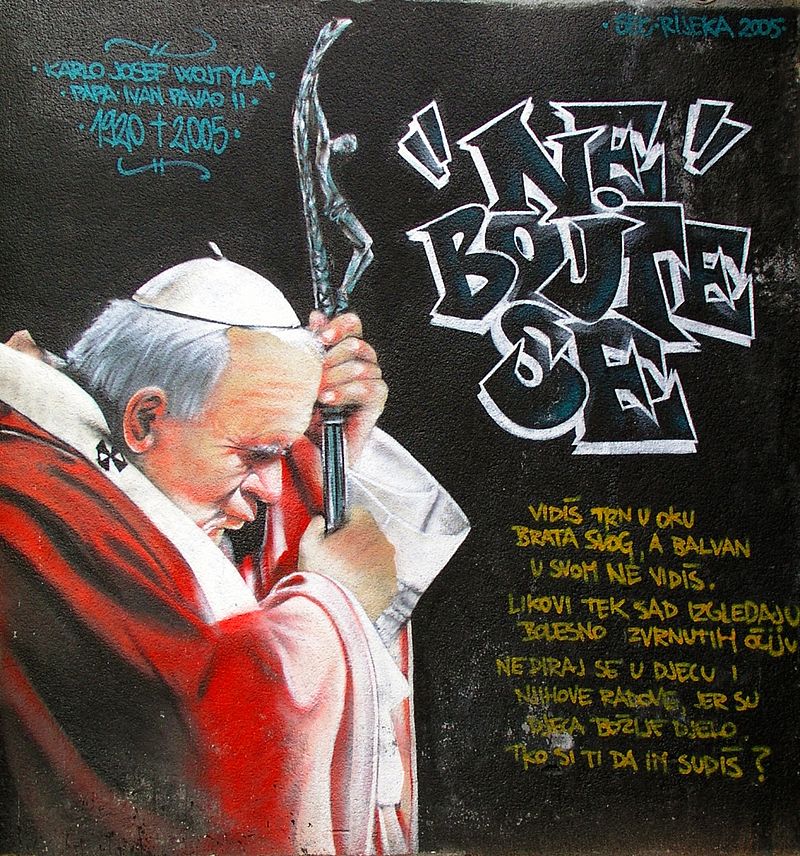
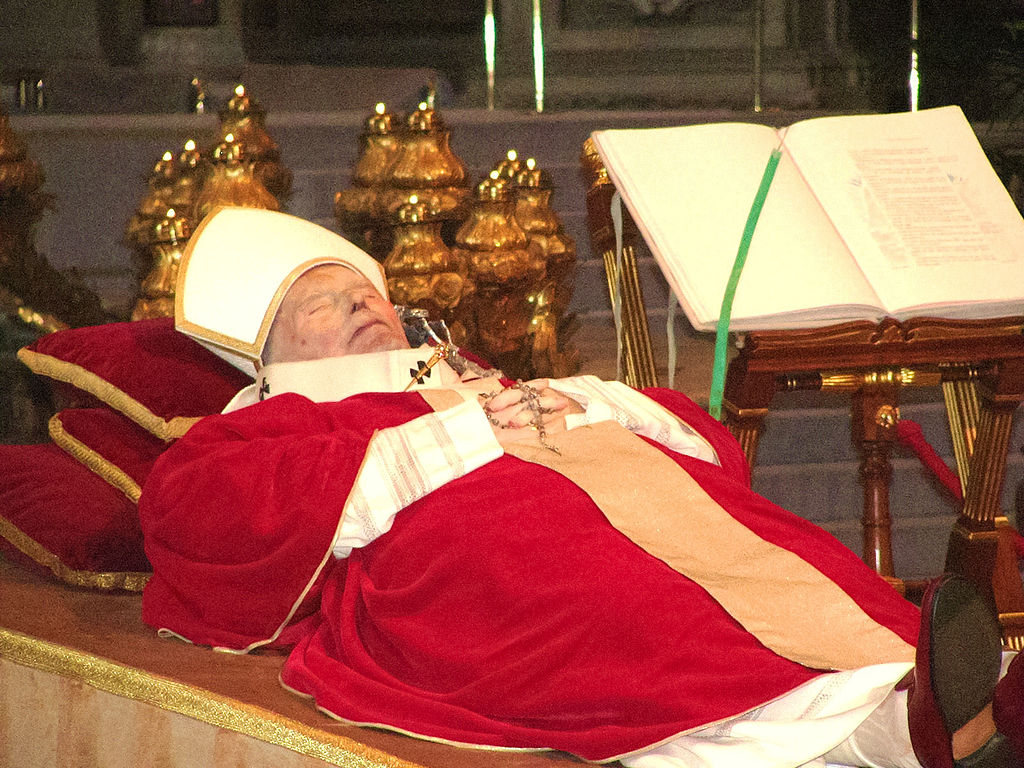
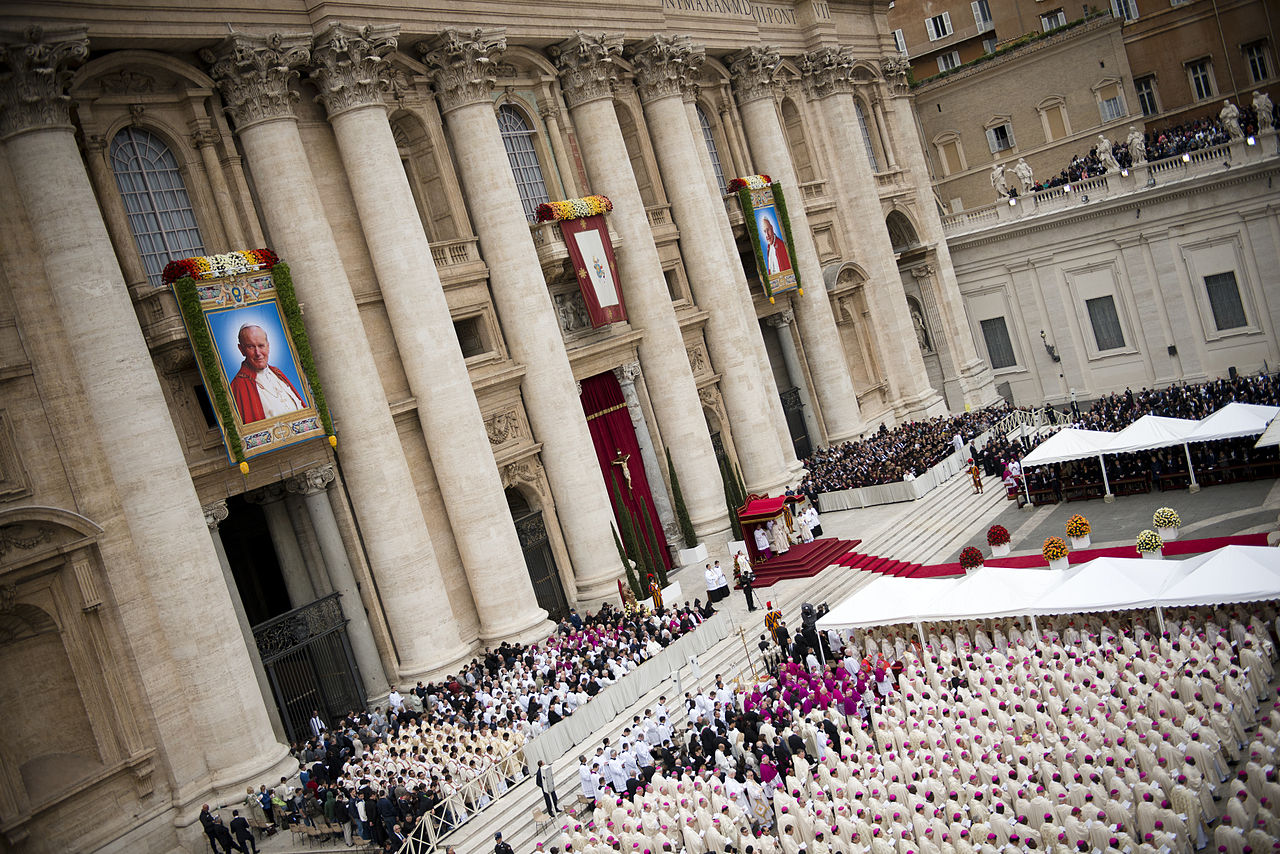

Comments
Links